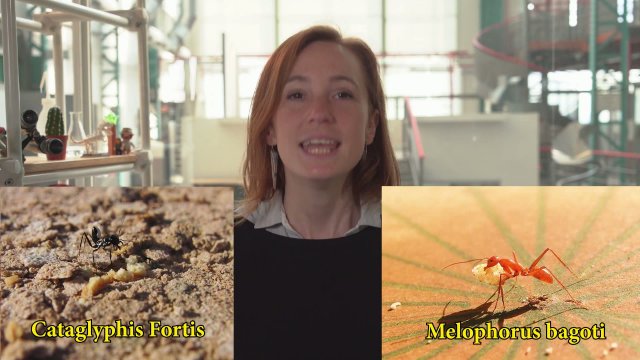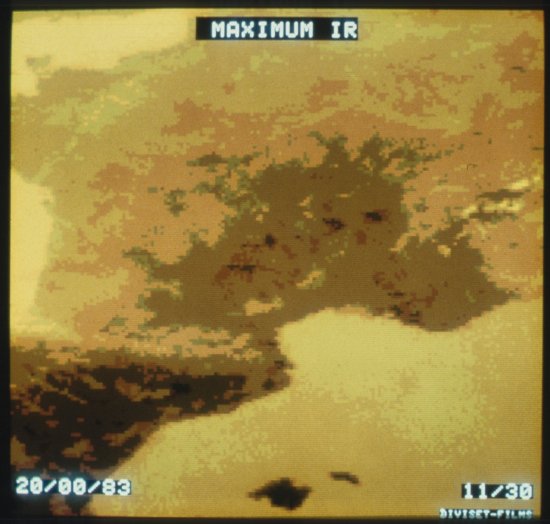Only available for non-commercial distribution
Pas de cession par extrait
© CNRS - 2018
Reference
6503
A Fish That Saves Energy ZdS#14
Series title
Zeste de scienceThe Youtube channel Zeste de science explores all aspects of scientific research, proving that even the most complicated scientific facts can be explained in less than 5 minutes, and that even the most seemingly trivial events of everyday life, if thoroughly studied, can contribute to the biggest technological advances.
Episode 14: Researchers in Paris are studying the collective behaviour of red-nose tetras, also known as Hemigrammus bleheri. They discovered that adopting the usual "diamond-like" formation when the fish swim in schools is not always the most energy-efficient solution. Red-nose tetras always swim against the tide, that is why a stronger tide requires extra effort. In such a case, they opt for a "phalanx-like" formation, swimming side by side. This pattern enables them to save energy and could later lead scientists to design little bio-inspired swimming robots.
Duration
Production year
Définition
Color
Sound
Version(s)
Original material
The use of media visible on the CNRS Images Platform can be granted on request. Any reproduction or representation is forbidden without prior authorization from CNRS Images (except for resources under Creative Commons license).
No modification of an image may be made without the prior consent of CNRS Images.
No use of an image for advertising purposes or distribution to a third party may be made without the prior agreement of CNRS Images.
For more information, please consult our general conditions





































